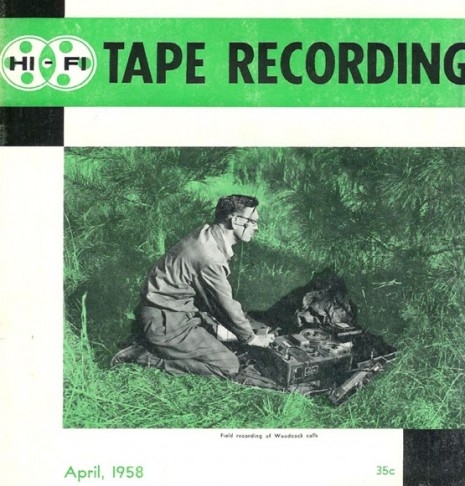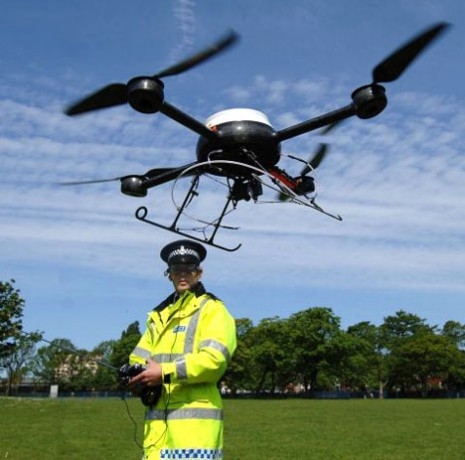
In The Conversation, Gene Hackman’s character, Harry Caul used an Ampex AG-350 and German-made UHER units to bug unsuspecting couples. The UHERs were similar to those used during the Nixon administration to bug the Oval Office. Bugging is more ubiquitous than we think, for example, though cinema may try and convince pay-phones are the best place to make that discreet call, they are regularly bugged by intelligence agencies. This was particularly true for the UK and Northern Ireland during the 1970s, when covert surveillance was carried out on paramilitary organizations, those of certain political affiliation, union leaders, Communist Party members and even John Lennon and The Sex Pistols. It therefore must have come as quite a shock to the powers that be, when it was disclosed MI5 had bugged the Prime Minister’s office, at 10 Downing Street, for 15 years.
Over at the Phantom Museum there is an impressive on-line collection of 117 reel-to-reel recorders and 50 microphones, plus an extensive history of reel-to-reel and recording advertising from the late 1800s to present day.
The Museum was established by Martin Theophilus, who has been involved in audio production since 1964, and now runs the multi-media company Phantom Productions. Theophilus says the on-line Museum, “is for people who want to look back and see how recording has evolved.”
In an interview with The Bastrop Advertiser, Theophilus explained:
...recorders were in use as early as 1877 but that the Edison Player, which initially sold for $20 (cylinders were 35 cents), was the first device available to the public. The Edison machine etched microphone vibrations into grooves on spinning wax cylinders. Historically, recorders have used wire, vinyl and other materials.
Theophilus said that commercial and private use of reel-to-reel magnetic tape to record sound, a technique first developed by the Germans during World War II, began in California in 1946 where two captured German machines were reassembled.
The vintage reel-to-reels in Theophilus’ collection were primarily used by singers, musicians and song writers who could not afford to hire professional recording studios.
Beginning in 1948, when portable reel-to-reel machines became available to cash poor artists, they used them to make demos. The demos were distributed to help the artists get jobs. By 1955, portable reel-to-reel recorders, such as the Ampex, reproduced a sound as good as the products of recording studios.
The Phantom Museum can be found here, and the vintage reel-to-reel, radios and recorders catalogs and adverts here.
Bonus images from the Reel-to-Reel catalog after the jump…









